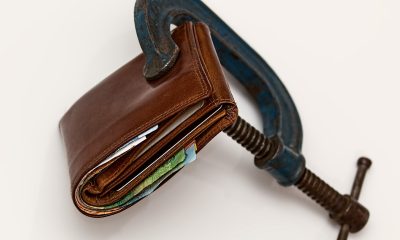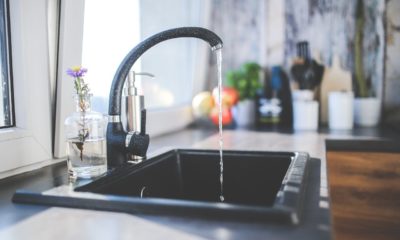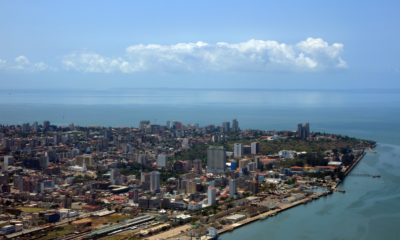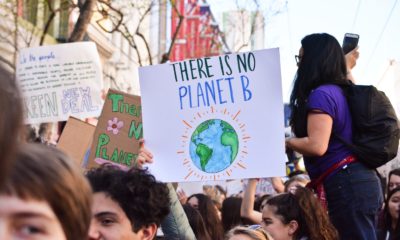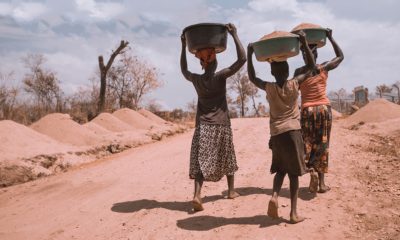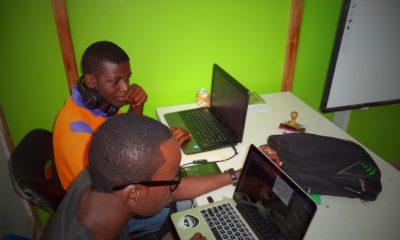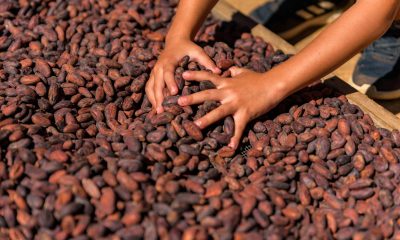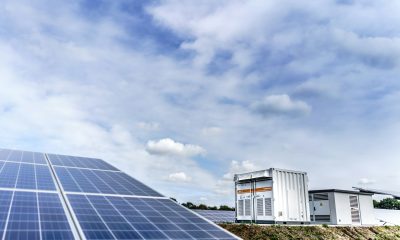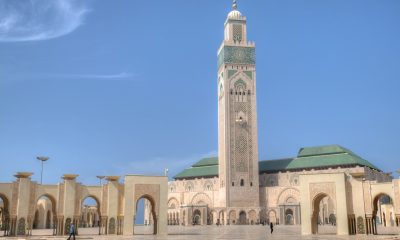Africa
The World Bank Visits the Water and Sanitation Infrastructure in Saaba, Burkina
On May 14th, 2024, the World Bank and Burkina Faso’s National Water and Sanitation Office (Onea) visited new water infrastructure in Saaba. The project includes a 2,000 m³ water tower and 200 standpipes, serving nearly 500,000 people. Built under the Water Supply and Sanitation Program (PAEA), it aims to improve living conditions and dignity for local households.

The World Bank, along with the National Water and Sanitation Office (Onea), visited the water and sanitation infrastructure it is building in the rural commune of Saaba, Burkina Faso, on Tuesday, May 14th 2024. This involves a water tower with a capacity of 2,000 m3 and standpipes built as part of the Water Supply and Sanitation Program (PAEA).
The first infrastructure visited by the World Bank and Onea delegation is a water tower built on an area of 1.24 ha in the rural commune of Saaba
It has a capacity of 2,000 m3, a pumping station consisting of two pumps with a capacity of 540 m3 each to raise water towards the castle. According to details from Onea’s civil works engineer, Sylvie Zongo/Gomina, the castle serves as a gravity distribution of water for the populations.
The construction site is completely finished and is 100% operational. The castle supplies the districts of Saaba, Nioko 1, Tabtenga, Borogo and Gampèla. The first operating tests took place on July 14, 2002.
This infrastructure was built by the World Bank as part of the implementation of the Water and Sanitation Program (PAEA). Its commissioning made it possible to relieve the populations of the areas served. We are talking about nearly 500,000 people who are supplied from this castle. Also within the framework of the PAEA, to supply households which do not have Onea installations at home, 200 standpipes have been built. Each serves nearly 300 people daily. After the water tower, the delegation visited one of these standpipes.
The hydrant supplies 300 people per day
According to the head of the drinking water department of Onea in Ouagadougou, Dr Francis Kéré, this project is part of a vast program carried out by the government of Burkina Faso to improve the living conditions and dignity of households. He added that the construction of the water tower cost more than 2.3 billion CFA francs.
There are other initiatives of this type underway and they will come to fruition very quickly, especially since the World Bank has decided to extend the program. “We already thank the World Bank and the government for these efforts to the great happiness of the populations,” declared the head of the drinking water department at Onea.
At the end of this field visit, the World Bank delegation was visibly satisfied. Listening to the sectoral director of water and sanitation for the West Africa region at the World Bank, Fatouma Touré Ibrahima, this outing allowed us to see the infrastructure firsthand.
The joint efforts between the World Bank and the government of Burkina Faso are bearing fruit, and the results are palpable
“These are very important achievements and we look forward to continuing our collaboration.” Because the partnership between the World Bank and Burkina Faso is very strong,” she said, before adding that her institution is there to support the country of men of integrity in the execution of several projects including the PAEA. The PAEA, she declined, allows access to water and sanitation for populations, because water is life, sanitation is dignity.
__
(Featured image by NoName_13 via Pixabay)
DISCLAIMER: This article was written by a third party contributor and does not reflect the opinion of Born2Invest, its management, staff or its associates. Please review our disclaimer for more information.
This article may include forward-looking statements. These forward-looking statements generally are identified by the words “believe,” “project,” “estimate,” “become,” “plan,” “will,” and similar expressions. These forward-looking statements involve known and unknown risks as well as uncertainties, including those discussed in the following cautionary statements and elsewhere in this article and on this site. Although the Company may believe that its expectations are based on reasonable assumptions, the actual results that the Company may achieve may differ materially from any forward-looking statements, which reflect the opinions of the management of the Company only as of the date hereof. Additionally, please make sure to read these important disclosures.
First published in lefaso.net. A third-party contributor translated and adapted the article from the original. In case of discrepancy, the original will prevail.
Although we made reasonable efforts to provide accurate translations, some parts may be incorrect. Born2Invest assumes no responsibility for errors, omissions or ambiguities in the translations provided on this website. Any person or entity relying on translated content does so at their own risk. Born2Invest is not responsible for losses caused by such reliance on the accuracy or reliability of translated information. If you wish to report an error or inaccuracy in the translation, we encourage you to contact us

-

 Impact Investing2 weeks ago
Impact Investing2 weeks agoChristmas Plastic Waste and the Path to Circular, Low-Emission Solutions
-
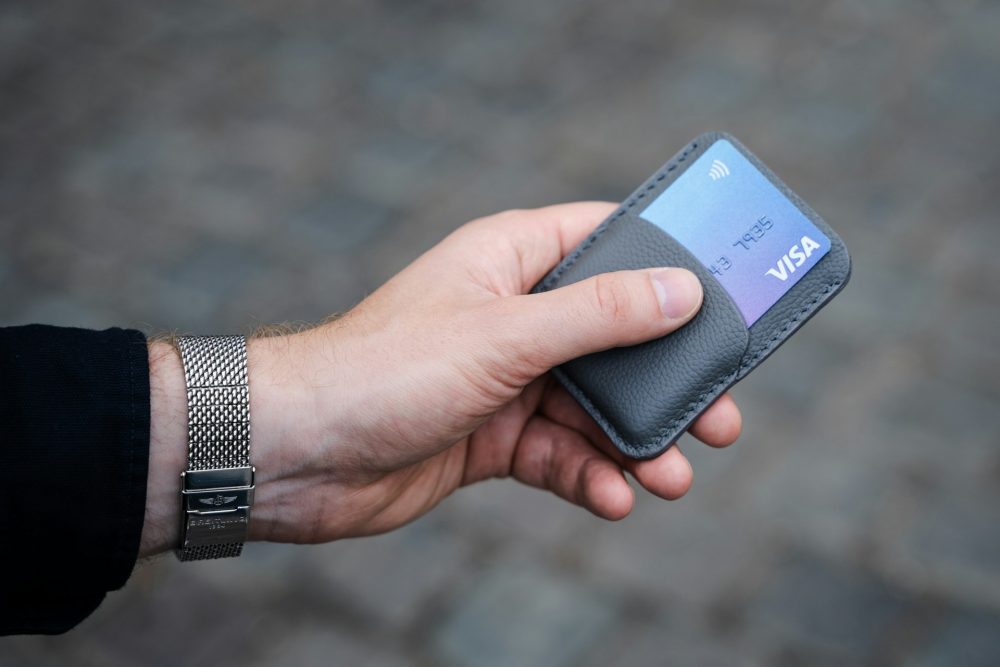
 Africa5 days ago
Africa5 days agoDamane Cash and FMSCD Partner to Enable Cash Advance in Exchange Offices
-

 Business2 weeks ago
Business2 weeks agoThe TopRanked.io Weekly Digest: What’s Hot in Affiliate Marketing [Super Partners Review]
-

 Business5 days ago
Business5 days agoThe TopRanked.io Weekly Digest: What’s Hot in Affiliate Marketing [BullionVault Affiliates Review]
